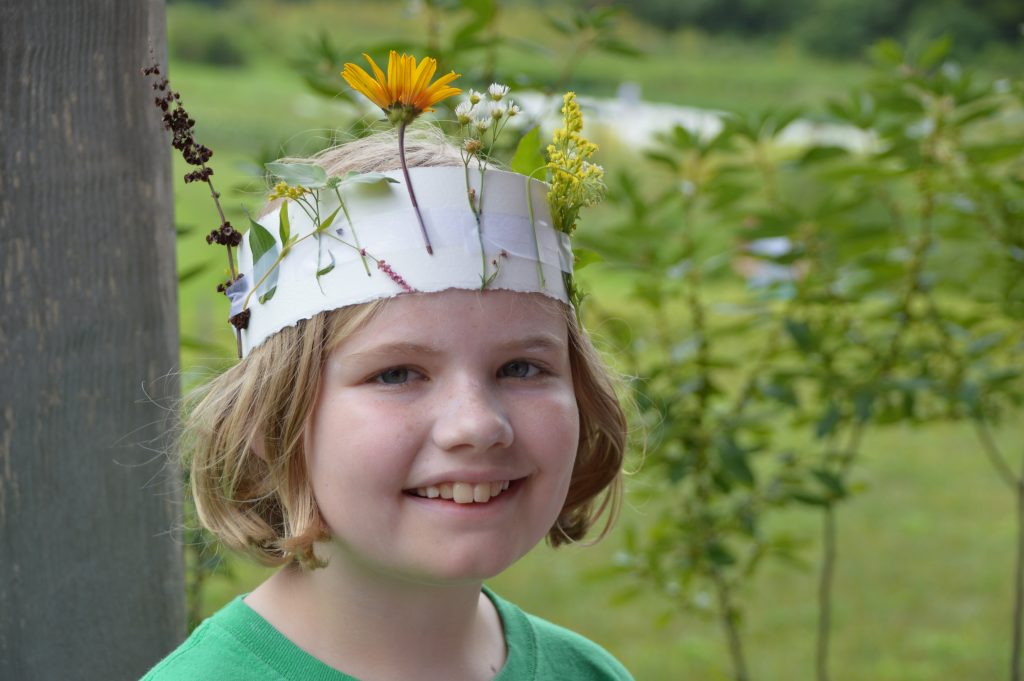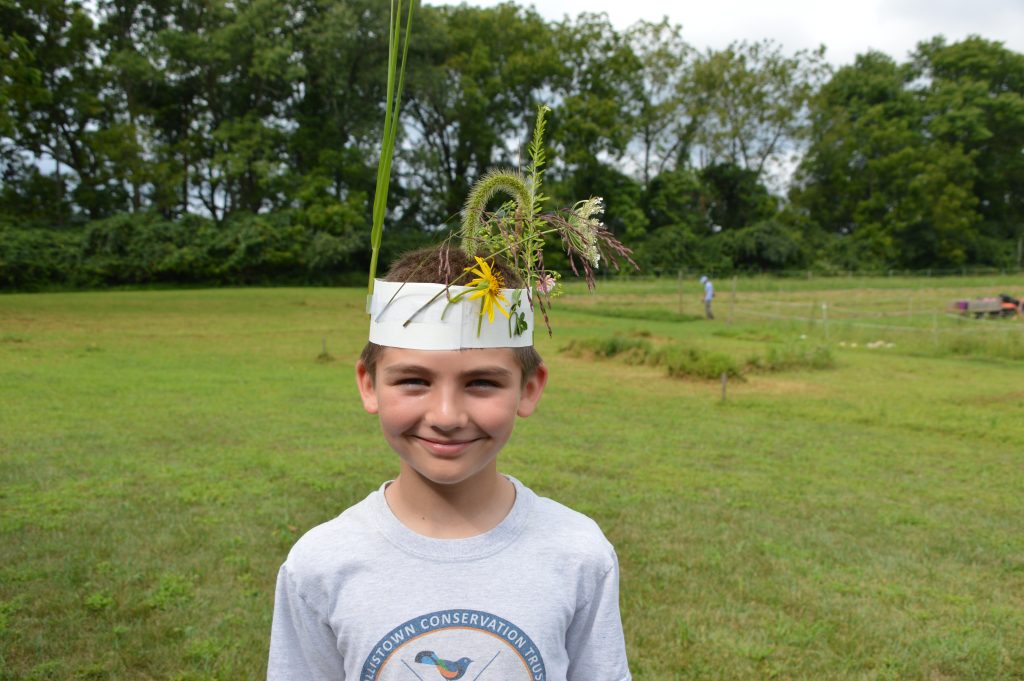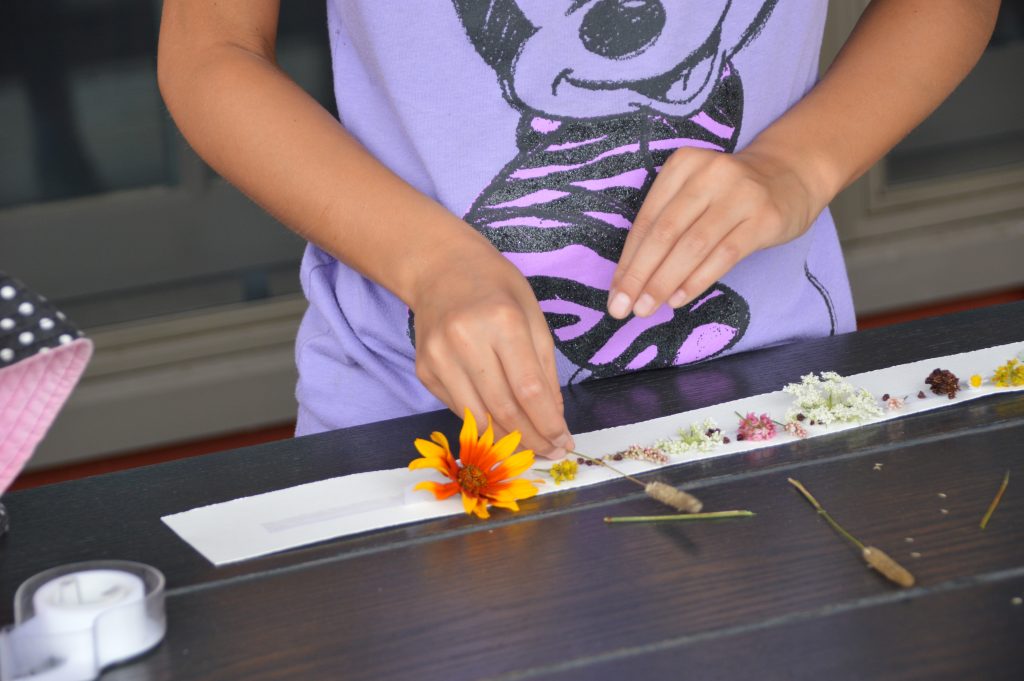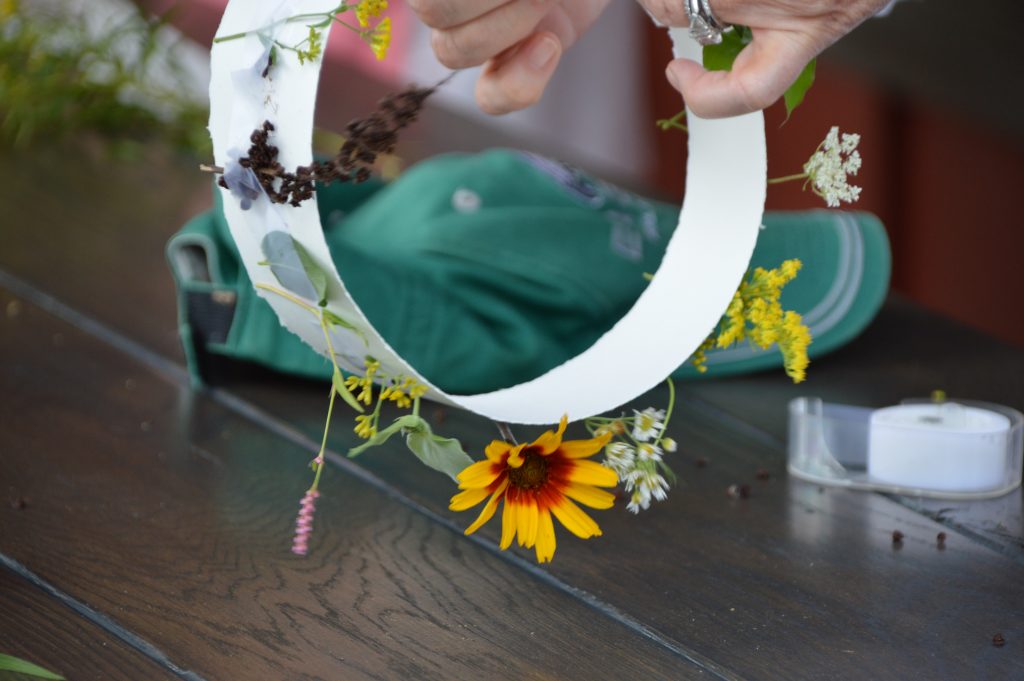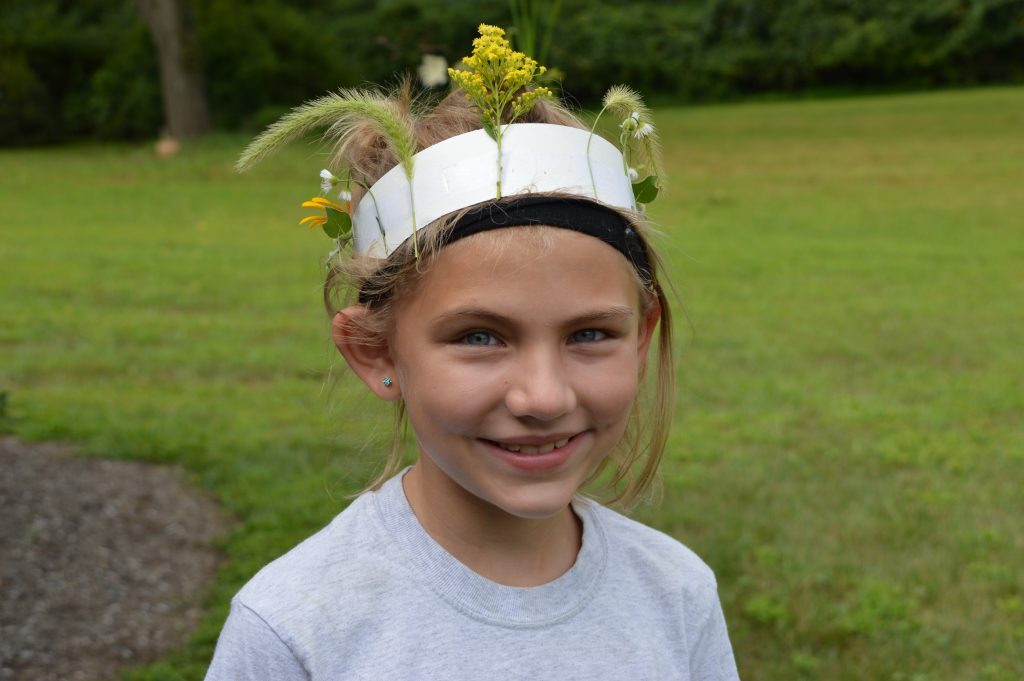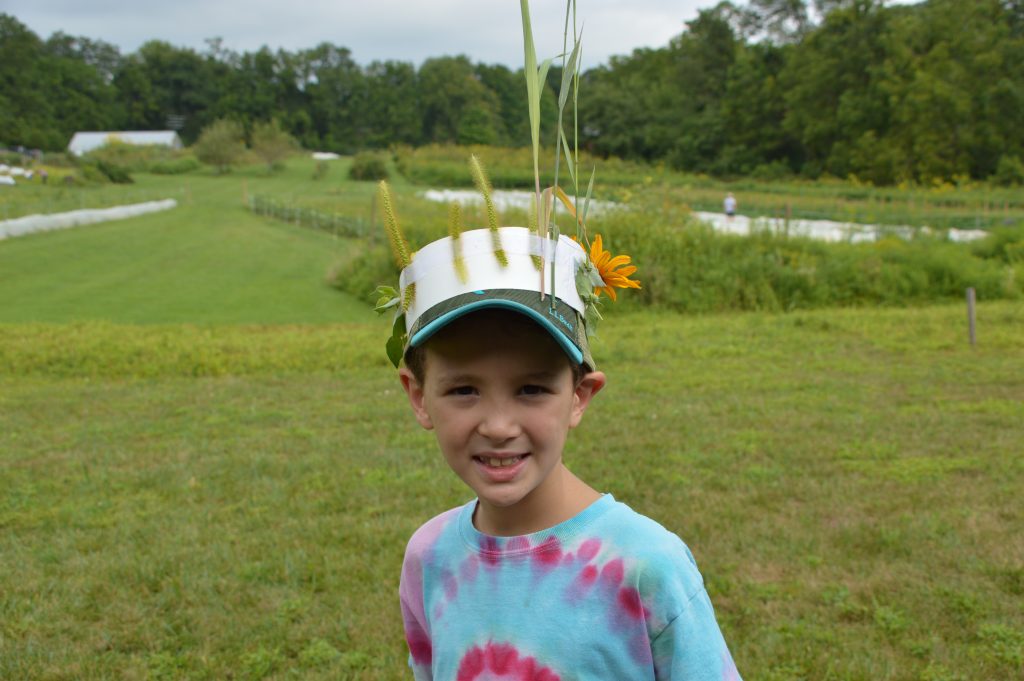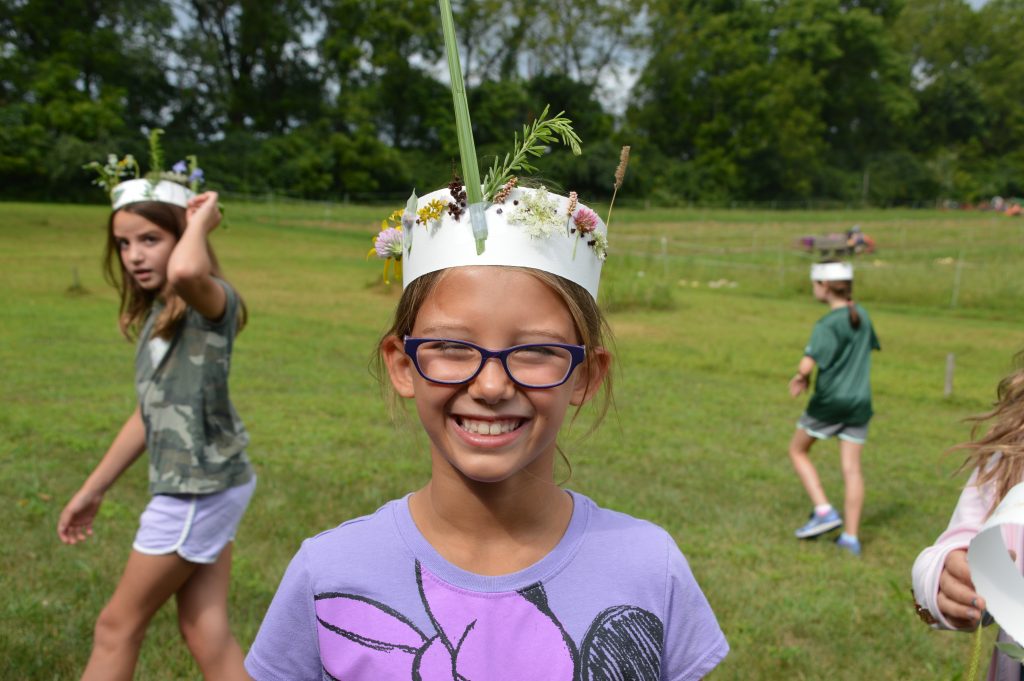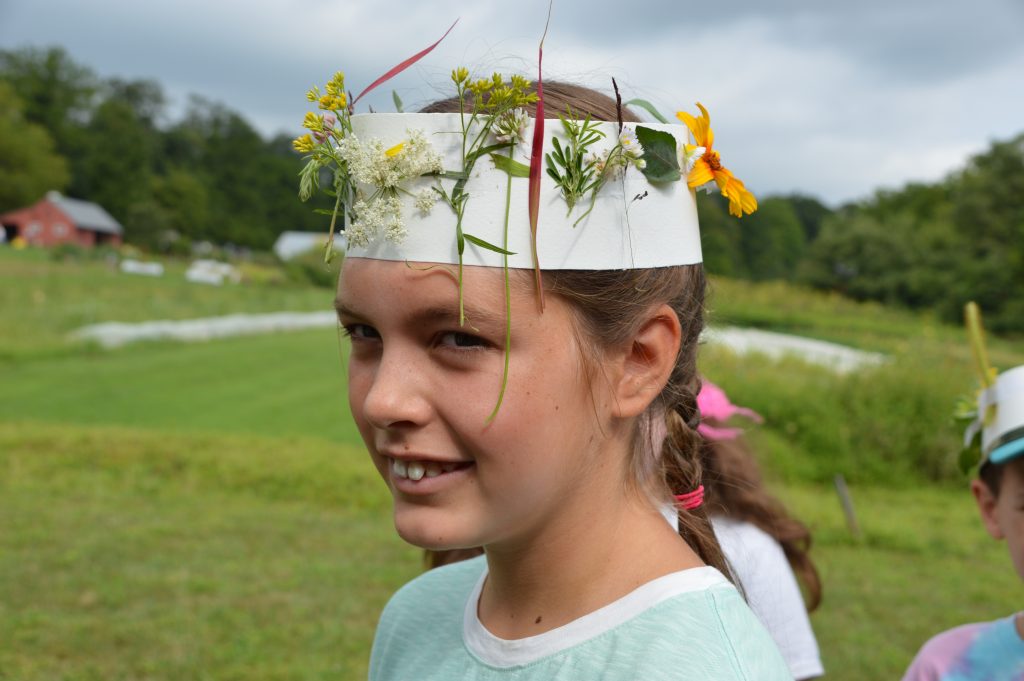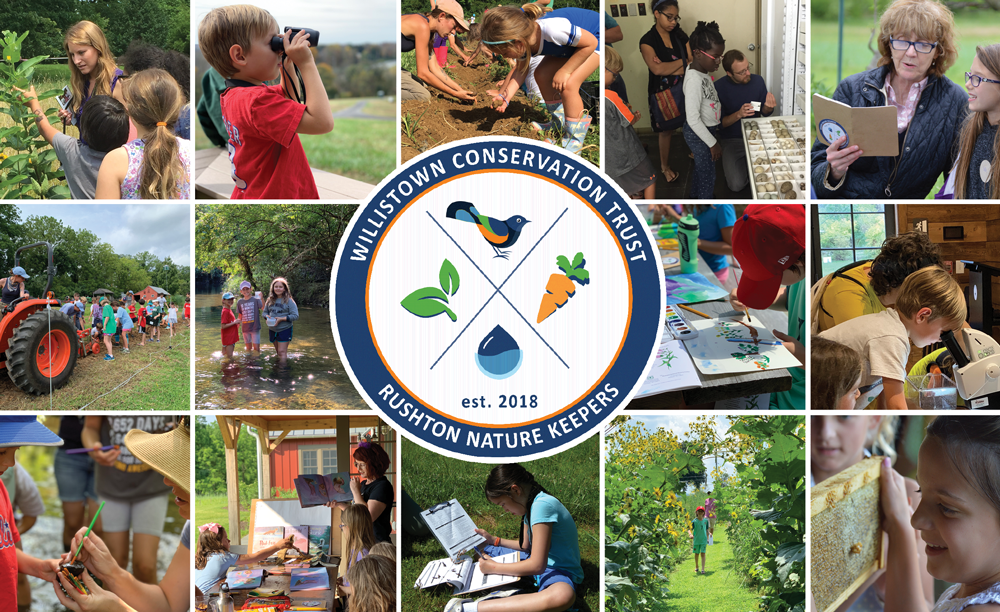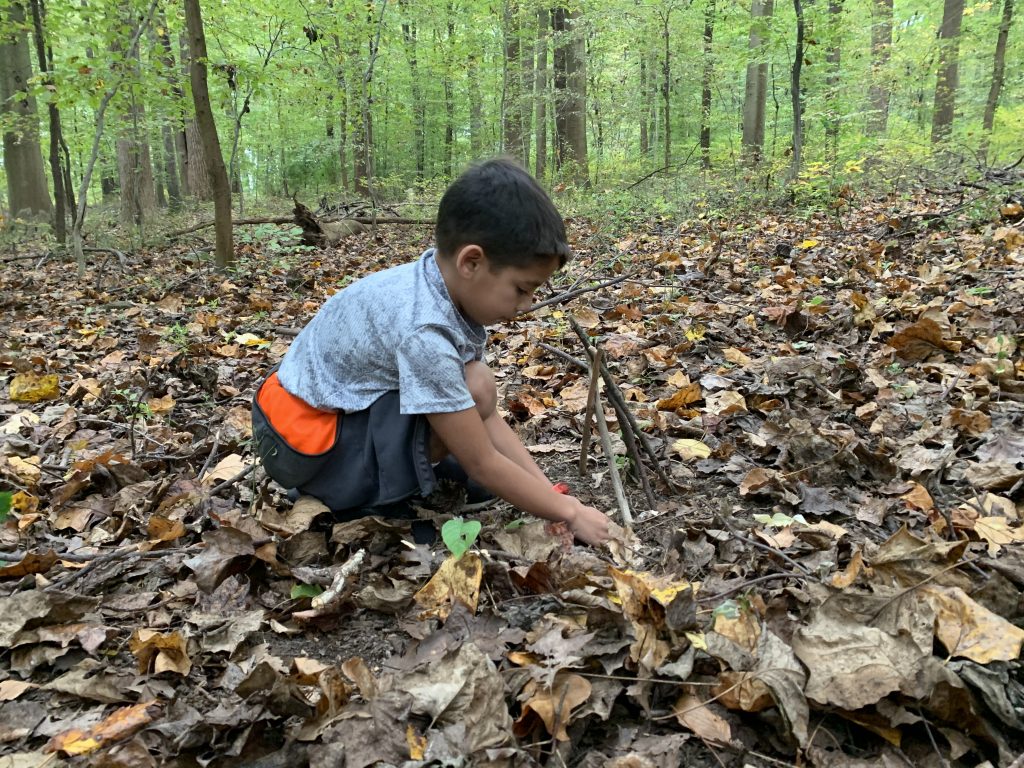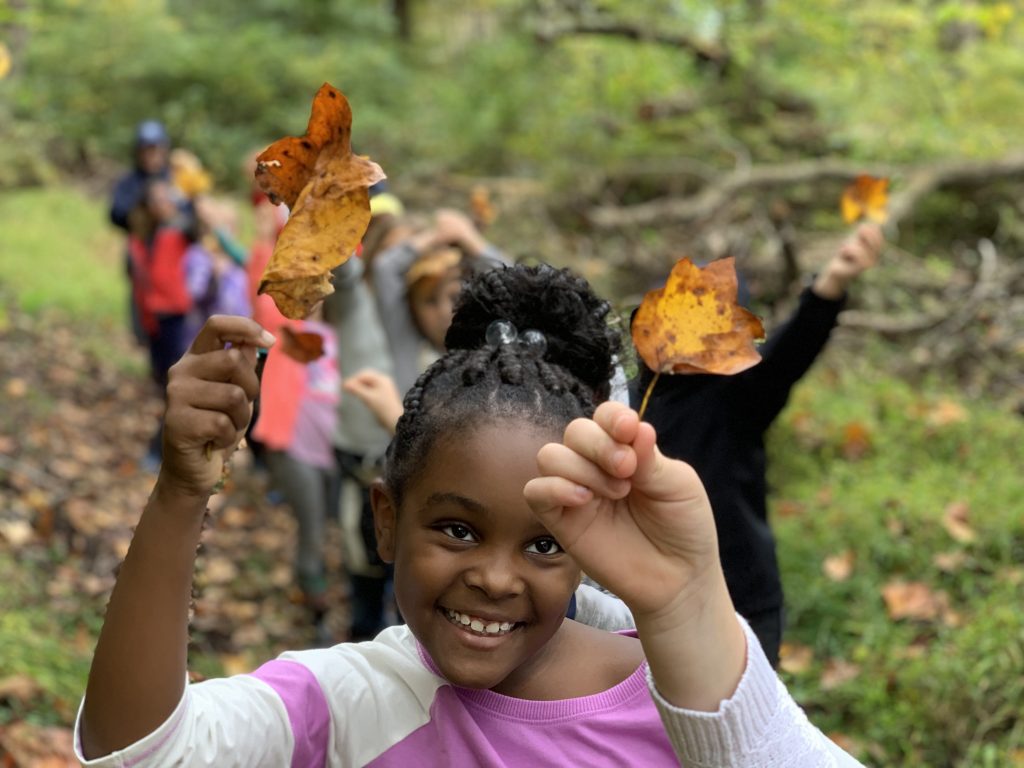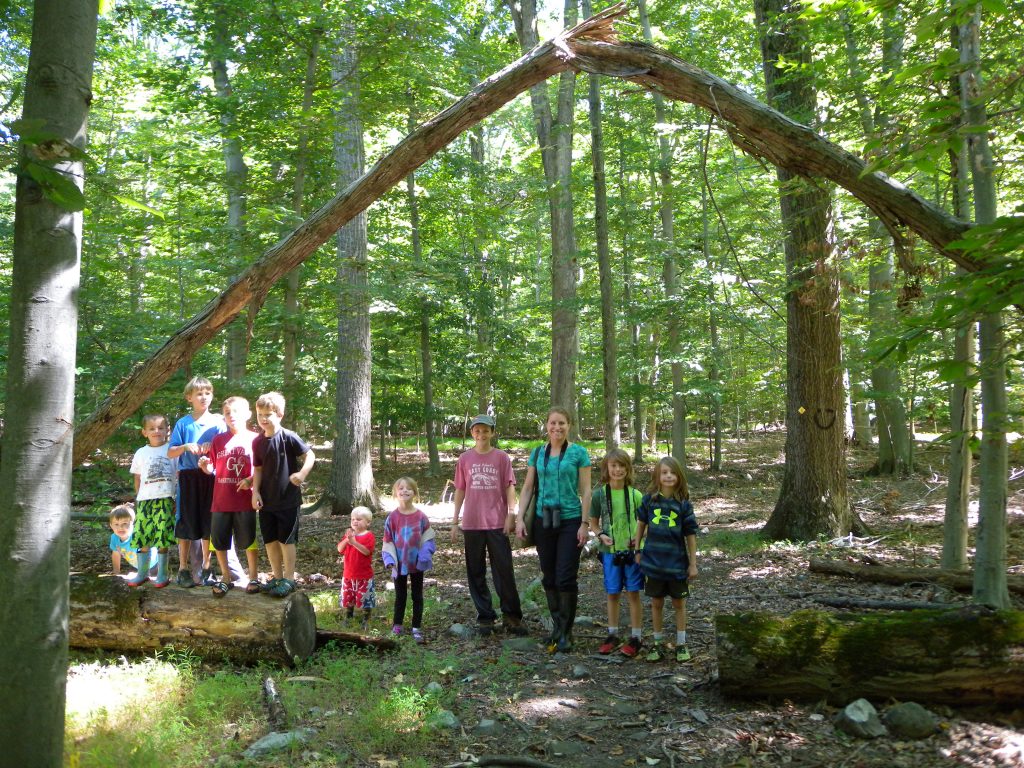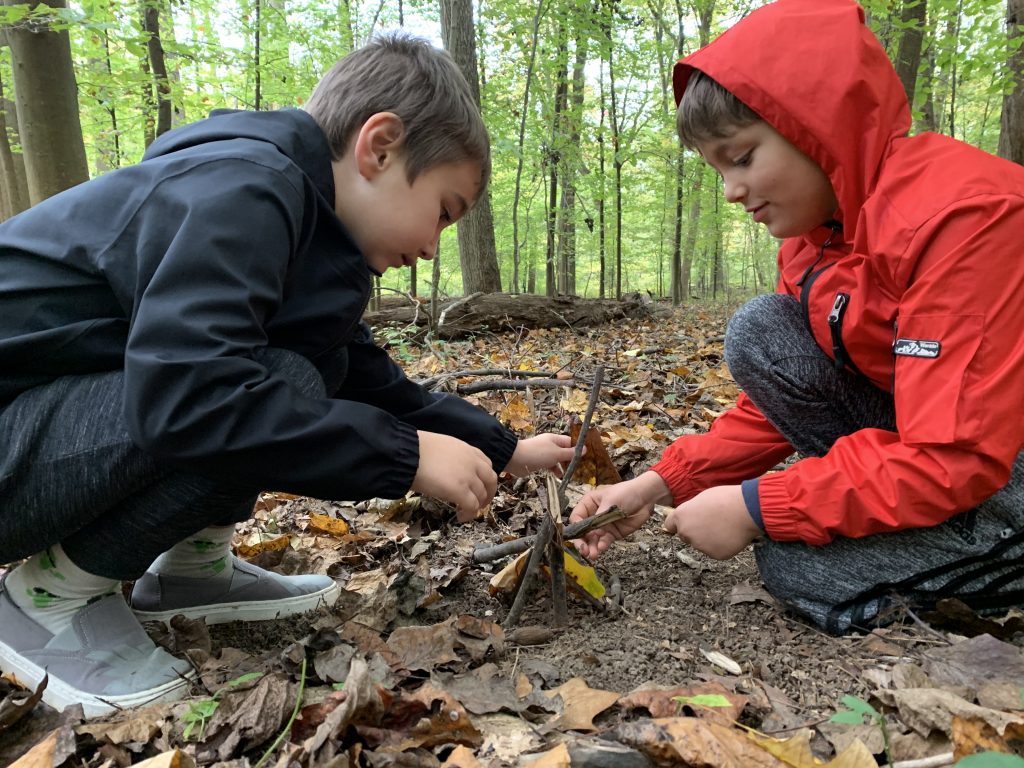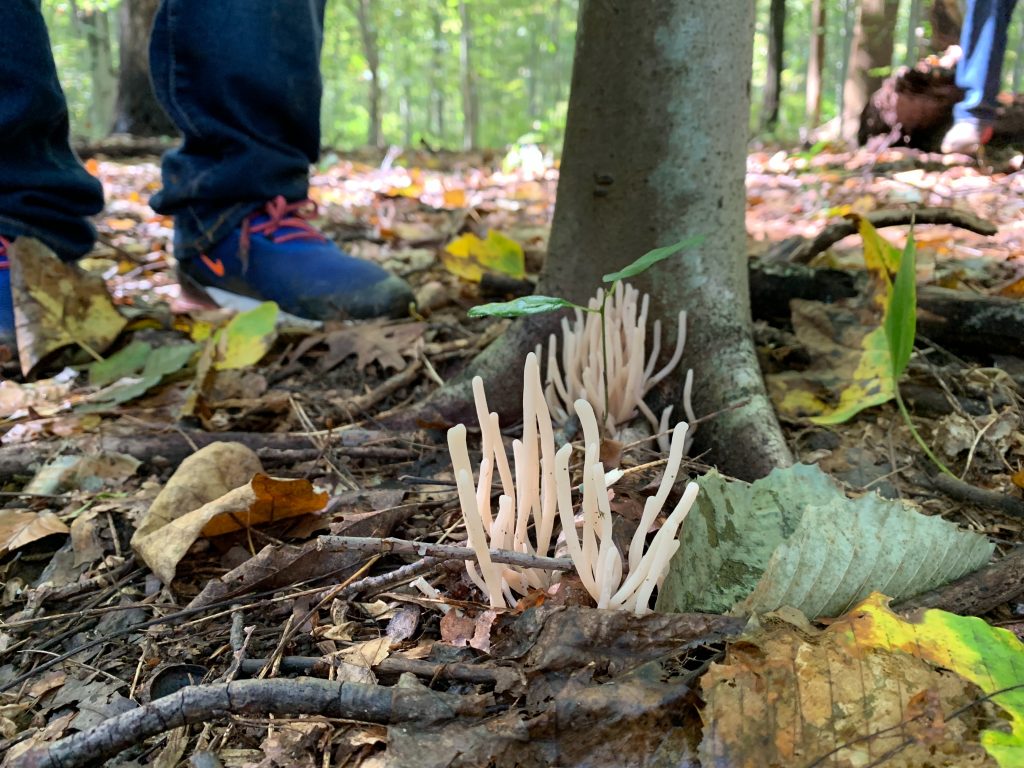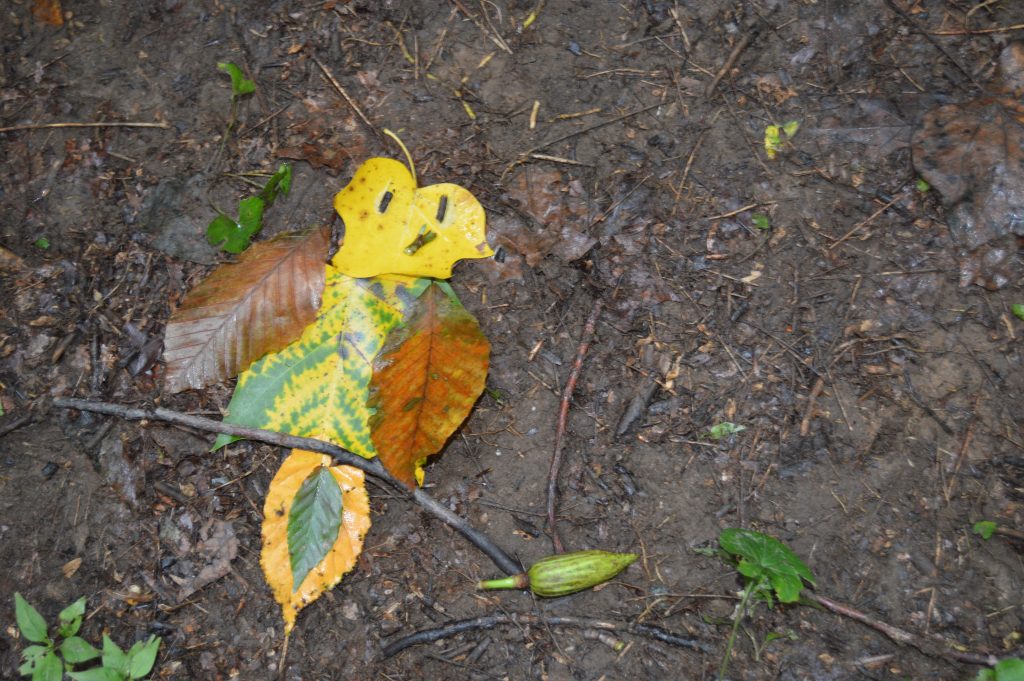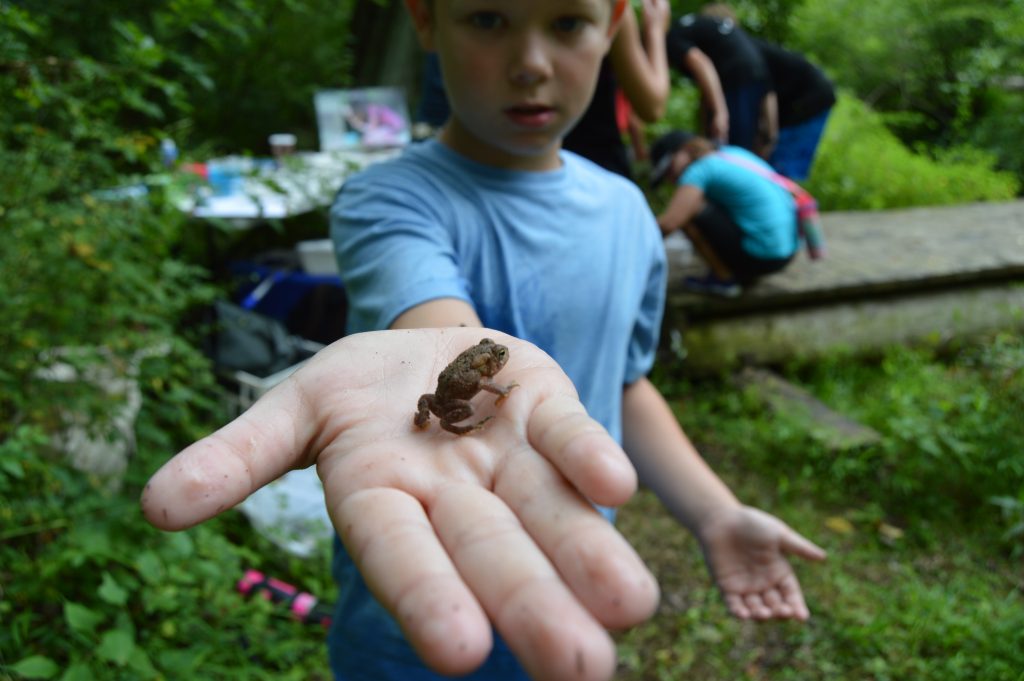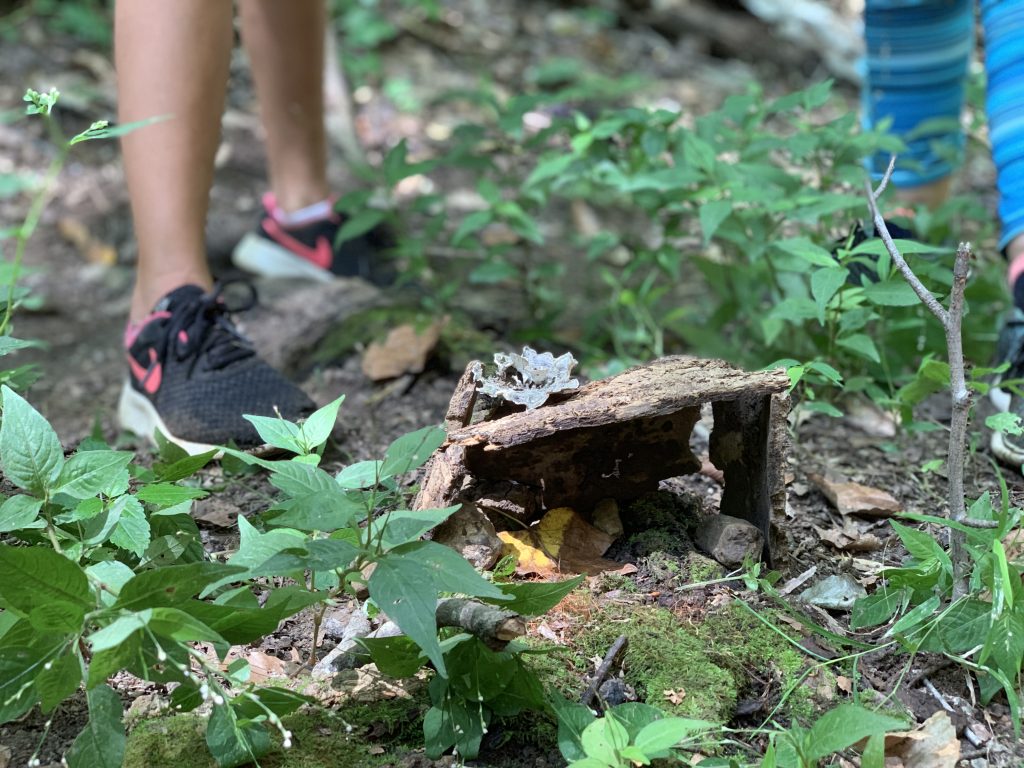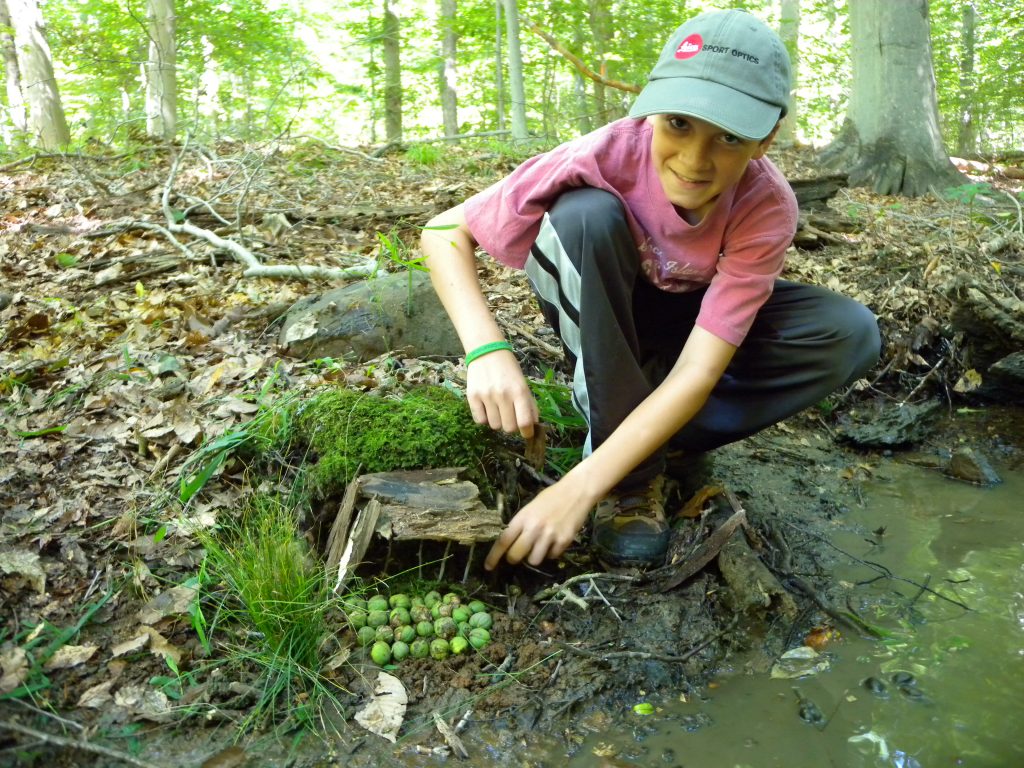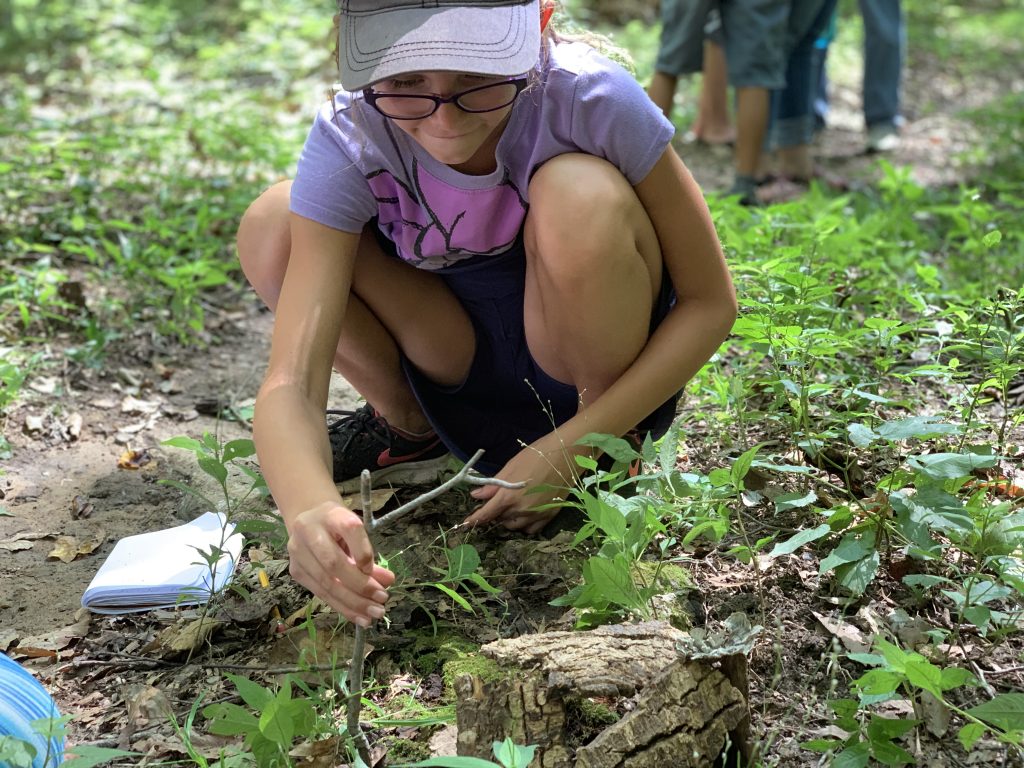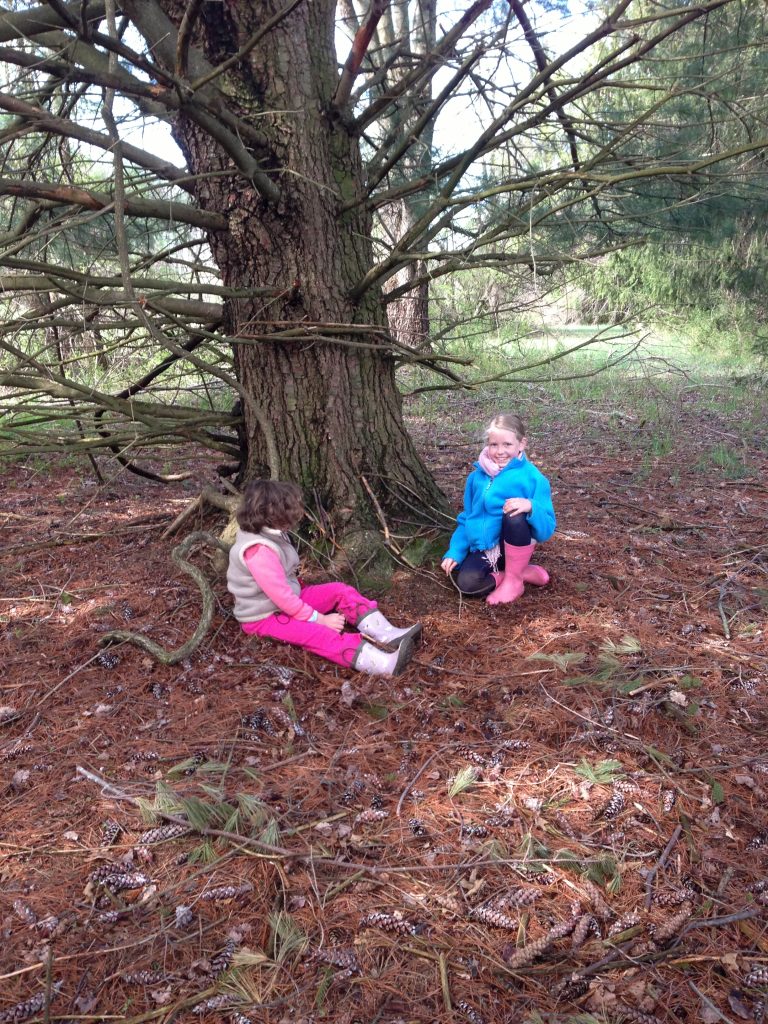In every walk with nature one receives far more than he seeks.
-John Muir
In 1970, millions of Americans pledged to start a movement to be better stewards of our planet Earth. As we prepare to celebrate the fiftieth anniversary of the now global movement called Earth Day, we are faced with an unprecedented reality.
While typical day to day life for many humans is on hold, nature doesn’t stop. The birds continue their annual migration and breeding season, our streams are flowing with spring rains, and the seeds in our greenhouse and the grasses and wildflowers in our native meadows are bursting with new life. Among the earth’s spring renewal, humans are discovering the nurturing, restorative power of nature. A simple walk through the woods or fields provides us with respite and peace.
This miracle felt especially true over Easter weekend as I explored Ashbridge Preserve with our nine-year-old twin grandchildren, Grace and James. After being quarantined indoors for three weeks, their joy in being free in the outdoors, skipping the Ridley Creek stepping stones and discovering the emerging spring plants and creatures was a palpable gift to hold and treasure.
While the earth has the power to heal humans, we in turn, have the power to help heal the earth. Willistown Conservation Trust’s holistic approach to land protection, with a focus on the connections among land, farm, birds, and water, protects native habitat and provides open space for our earth to heal itself.
Even as new studies show that grassland bird populations have declined by over 50% since 1970, hearing the song of the returning Eastern Meadowlark fluting across our preserved grassland habitat at Kirkwood Preserve gives me great hope. The newly sown peas at Rushton Farm are showing their first green tendrils of life and the skunk cabbage at Rushton Woods Preserve has completely unfurled. The first trillium have emerged at Ashbridge Preserve, dotting the woods with cheerful color.
As you think about Earth Day this year, I encourage you to seek out nature to find inspiration, healing and hope. Just as the earth renews each spring, we will resume our our regular lives once again, perhaps transformed with a deeper connection to our planet earth.
With warmest regards,
Bonnie
